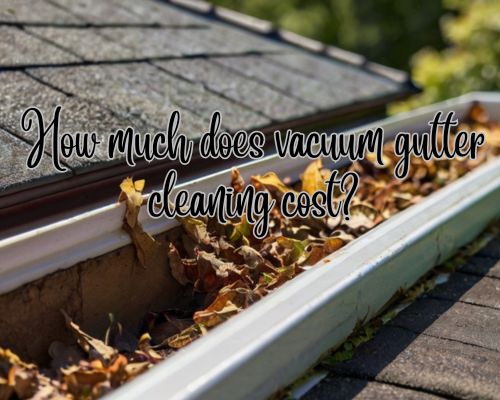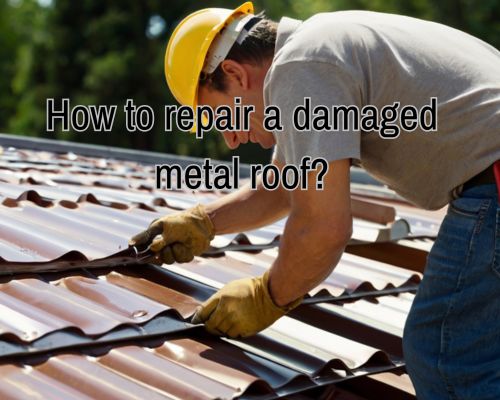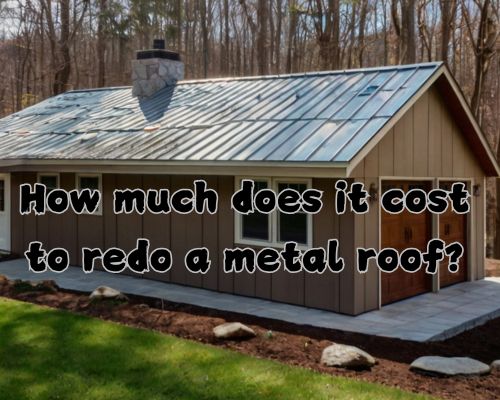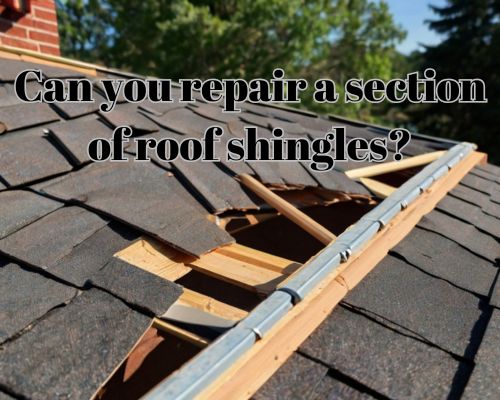How Much Does Vacuum Gutter Cleaning Cost in Melbourne, Australia?
How Much Does Vacuum Gutter Cleaning Cost in Melbourne, Australia?
When it comes to home maintenance, keeping your gutters clean is essential to protecting your property from water damage, leaks, and costly repairs. Vacuum gutter cleaning has become a popular and effective method to keep gutters clear of debris. But how much does vacuum gutter cleaning cost in Melbourne, Australia? Let’s dive into the details, breaking down the factors that influence the cost, and why this service is worth considering.

The Basics of Vacuum Gutter Cleaning
Vacuum gutter cleaning involves using specialized equipment to remove leaves, dirt, and debris from gutters and downpipes. This method is considered highly effective because it minimizes the mess, prevents damage to gutters, and ensures a thorough clean. The vacuum system is equipped with long-reaching poles and cameras, allowing professionals to clean even the hardest-to-reach areas.
Unlike traditional gutter cleaning, vacuum systems are less invasive and safer, as they reduce the need for ladders. This is particularly important for Melbourne’s tall Victorian-style homes or modern high-rise properties, where safety is paramount.
Average Cost of Vacuum Gutter Cleaning in Melbourne
The cost of vacuum gutter cleaning in Melbourne typically ranges between $150 to $450, depending on several factors. Here’s a breakdown of the main cost components:
1. Size of the Property
- Small Properties: For single-story homes or units, expect to pay between $150 to $250.
- Medium Properties: Double-story homes generally cost around $250 to $350.
- Large Properties: Larger homes or commercial buildings may incur charges upwards of $400.
2. Condition of the Gutters
If your gutters haven’t been cleaned in years and are clogged with debris, it will take more time and effort to clean them. This can increase the cost by $50 to $100, depending on the severity.
3. Accessibility
Properties with difficult access, such as steep roofs or complex layouts, might incur an additional fee of $50 to $75 to account for the extra equipment or time required.
4. Additional Services
Some companies in Melbourne offer extra services like gutter guard installation, minor repairs, or downpipe flushing. Adding these services can increase your total cost by $100 to $200, depending on the scope of work.
For more, visit https://gutter-cleaning-melbourne.com.au/.
Why Choose Vacuum Gutter Cleaning in Melbourne?
1. Tailored for Melbourne’s Environment
Melbourne’s climate, with its mix of heavy rainfall and dry seasons, makes regular gutter cleaning a necessity. Homes surrounded by trees, especially in suburbs like Kew, Camberwell, or Mount Waverley, often deal with significant leaf buildup. Vacuum gutter cleaning ensures gutters remain clear and functional year-round.
2. Safety and Efficiency
Traditional methods often involve climbing ladders, which can pose a safety risk. Vacuum systems eliminate this danger, making them a preferred choice for homeowners and businesses in Melbourne.
3. Environmental Considerations
Many Melbourne-based gutter cleaning services use eco-friendly practices, ensuring that debris is disposed of responsibly. This aligns with the city’s commitment to sustainability.
Tips for Reducing Gutter Cleaning Costs
While vacuum gutter cleaning is an investment, there are ways to manage costs effectively:
- Regular Maintenance: Schedule gutter cleaning every six months to prevent buildup. This reduces the time and effort required, keeping costs lower.
- Group Discounts: Some Melbourne companies offer discounts if multiple properties in the same area are cleaned on the same day. Talk to your neighbors in suburbs like St. Kilda, Richmond, or Brighton to coordinate.
- Compare Quotes: Always get multiple quotes from reputable vacuum gutter cleaning services to ensure competitive pricing.
- Install Gutter Guards: While an upfront cost, gutter guards can significantly reduce the frequency of cleaning required, saving money in the long run.
Choosing a Vacuum Gutter Cleaning Service in Melbourne
When selecting a service provider, consider the following:
- Experience and Expertise: Look for companies with a strong track record in Melbourne’s unique environment, see https://gutter-cleaning-melbourne.com.au/.
- Customer Reviews: Check online reviews and testimonials from clients in areas like Carlton, Fitzroy, or Essendon.
- Insurance and Certification: Ensure the company is insured and certified to avoid liability issues.
- Free Inspection: Many reputable providers offer a free initial inspection to assess your gutter’s condition and provide an accurate quote.
Is Vacuum Gutter Cleaning Worth the Cost?
While the upfront cost of vacuum gutter cleaning may seem high, it’s a worthwhile investment for Melbourne homeowners. Blocked gutters can lead to water damage, structural issues, and costly repairs. By keeping your gutters clean and functional, you’re protecting your home’s value and ensuring long-term savings.
Conclusion
Vacuum gutter cleaning is an efficient, safe, and eco-friendly solution for maintaining your home in Melbourne. With costs ranging from $150 to $450, the price depends on property size, gutter condition, and additional services. By choosing a reputable local service and scheduling regular maintenance, you can keep your gutters in top shape and avoid unnecessary expenses.
Whether you’re in the leafy suburbs of Balwyn or the bustling streets of Melbourne’s CBD, investing in professional vacuum gutter cleaning is a smart decision for any property owner. Don’t wait for blocked gutters to cause damage—schedule your cleaning today and enjoy peace of mind.










